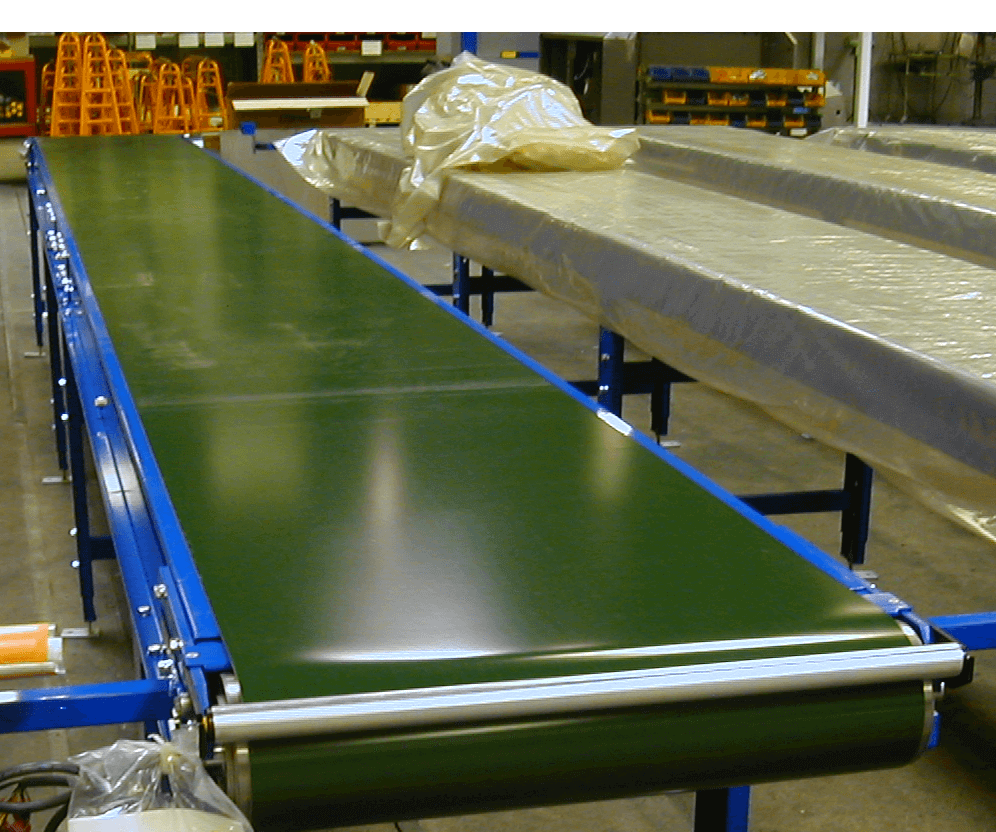Many factors go into selecting a conveyance system to meet the industry standards and your company’s specific needs. We have outlined four important aspects to consider when specifying new conveyor equipments.
Material and Product
When looking at any production equipment, particularly for conveyance systems, it is important to consider the product specifications. It is important to know the product size and weight to ensure that the conveyor chosen is suitable for the application.
A smaller conveyor equipped with a lighter motor won’t be able to move large products efficiently. The other side is that it will be too powerful for the job if you have small, lightweight products to move on a conveyor designed for 50lb+ products. With more energy efficiency, a smaller conveyor could work just as well.
When choosing the accessories and conveyor to use, it is important to consider the product’s packaging material. Some packaging materials and belt combinations might not be sufficiently frictional to hold product in place while it is moving down the production line. This can cause it to slip around the belt or fall off the conveyor, posing a safety hazard and damage.
Environment
It is important to understand the environment in which a conveyance system operates. This is essential to ensure that the machinery meets all compliance requirements and that the equipment can withstand harsh environmental conditions.
In a sanitary environment, stainless steel is best. However, some conveyors can be used for regular high pressure cleaning or chemical cleaning. Although a wipe-down conveyor can handle some high-pressure washing here and there, it eventually causes major wear and degradation of the belt.
Integrations
What integrations will you make with a conveyance system, if any? Is the application using robotics or operators to interface the product as it goes through the manufacturing process? Are products required to pass through a cleanroom at all points during manufacturing? Will it just require sensors to aid in inspection and indexing? These factors all can have an impact on the conveyor design.
These details are used by our engineers to create a customized design that seamlessly integrates with the rest the manufacturing system. It is crucial to understand how the conveyor and products interact with other machinery or employees.
Flexibility
Consider the flexibility of any machine used in a production line. Companies must be innovative and flexible in today’s changing economic environment. This means that their manufacturing needs to adapt to these changes.
It is important that a conveyance system can run a variety of products and materials quickly, and can also be customized to suit different processes. This can help companies shift production to meet customer demand. A piece of machinery that can be modified to meet different product requirements will save a company the cost of purchasing a new machine.

